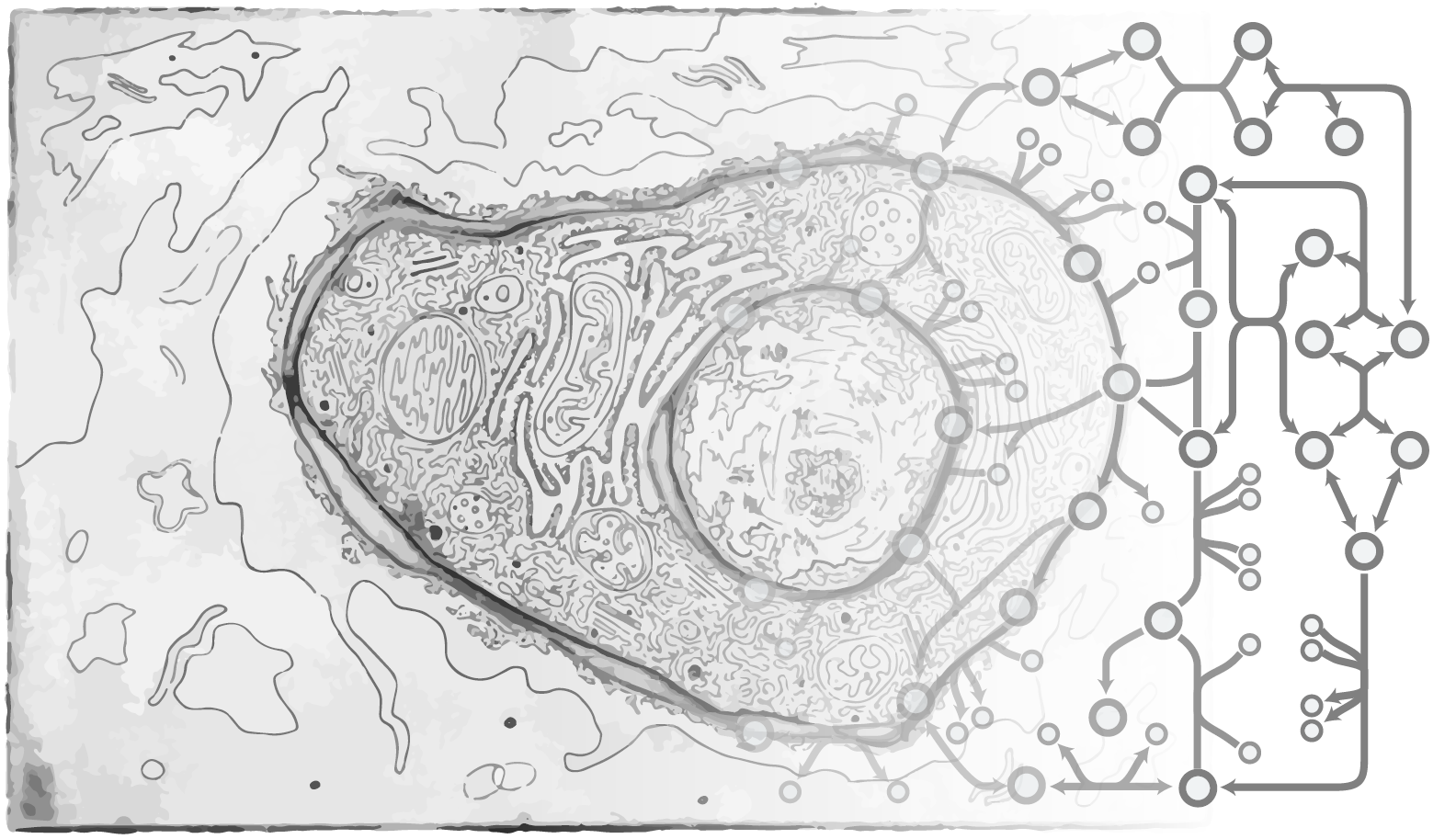The availability of genome sequence and annotation provide information about each gene and its associated protein. Furthermore, the annotation can include additional information, such as protein functions and subcellular localization. This information enables the reconstruction of all metabolic pathways. Metabolism is a set of chemical reactions that are catalyzed by the enzymes in the living organisms. Reactions can be connected by shared metabolites, thus forming a metabolic pathway. Pathways are categorized based on their biological functions and localization. Pathways are not isolated, rather they work together by interacting with each other to achieve complicated biological tasks to make the cell lines grow. Combining all the pathways yields the genome-scale metabolic network reconstruction. The reconstruction then can be transformed into a mathematical model and algorithms can be employed to predict the response of cell line to different metabolic conditions. In summary, genome-scale metabolic network reconstructions contain all metabolic pathways of a cell and can be used with diverse methods to connect a cell’s genotype to phenotype. These resources help researchers to better understand what is really happening inside organisms. Knowing more about the system enables more options for the use of exciting new tools to guide engineering the cell lines.
Metabolic network reconstruction and analysis
Home » Metabolic network reconstruction and analysis
